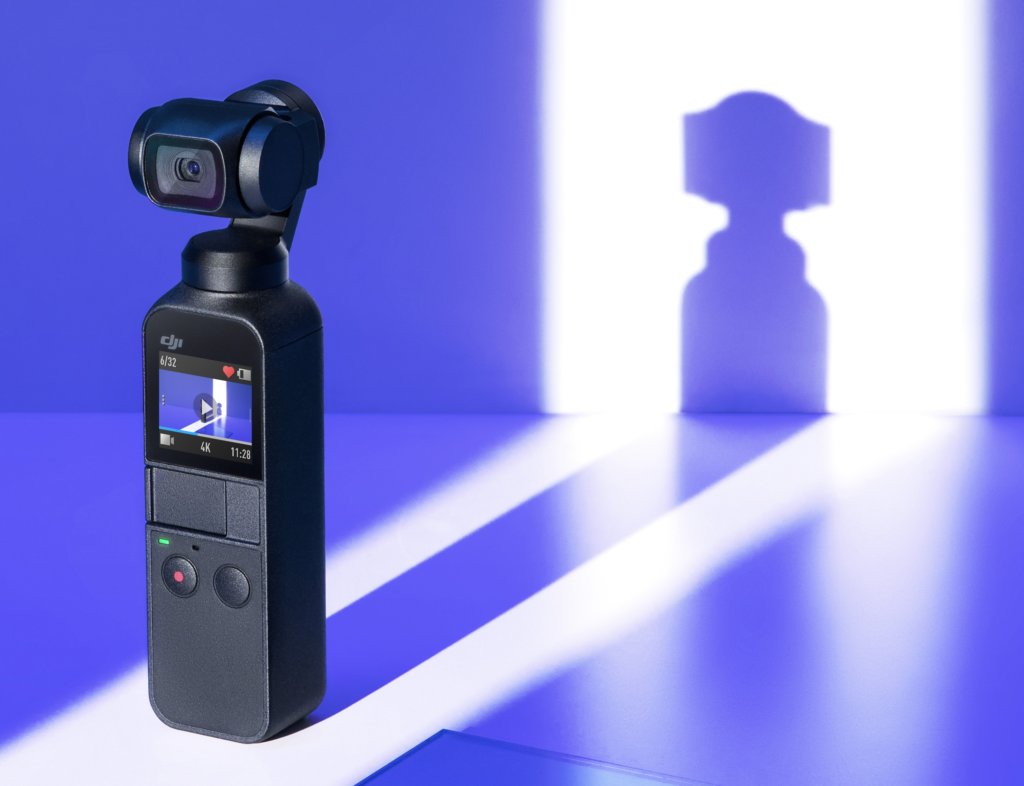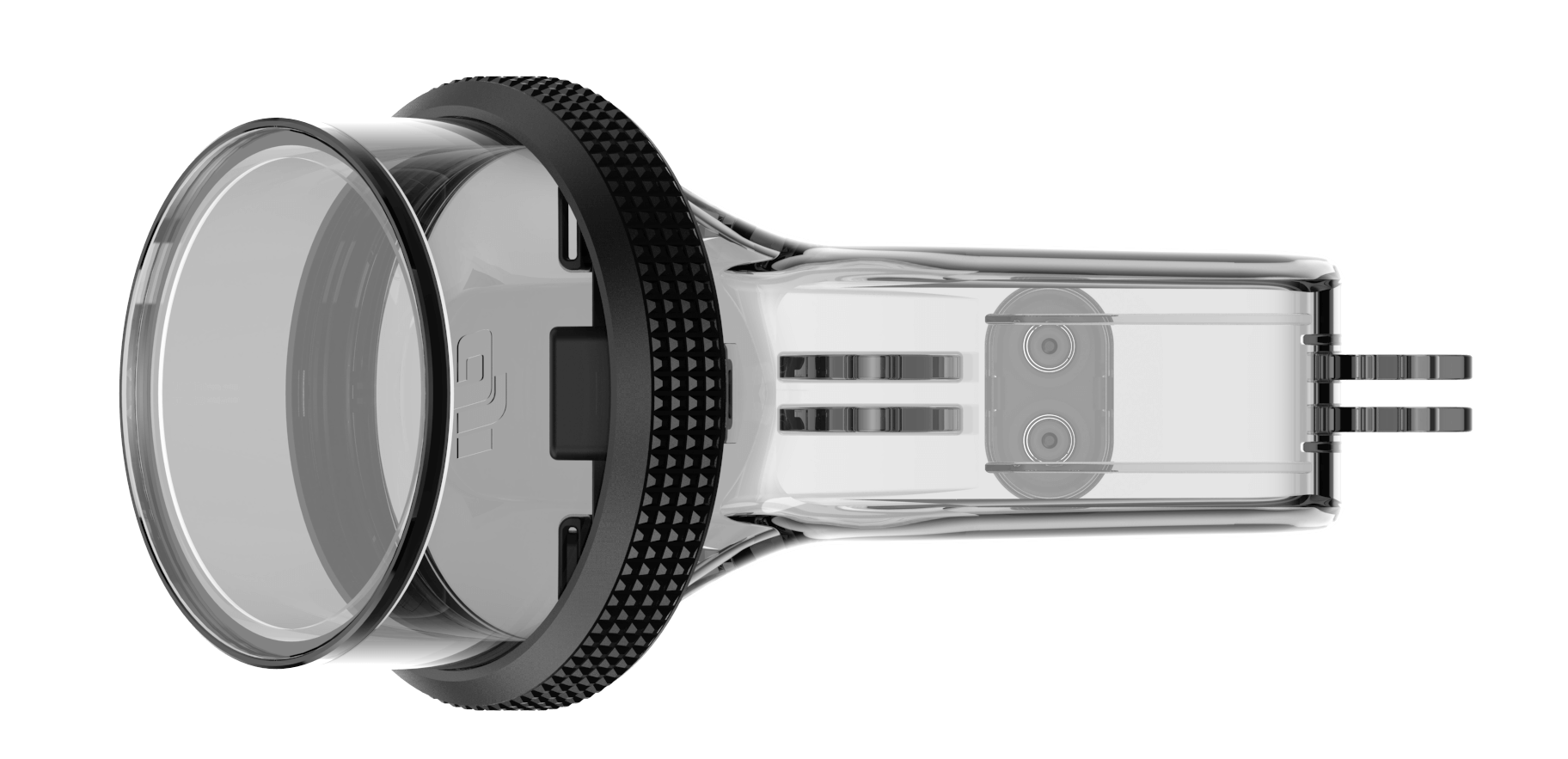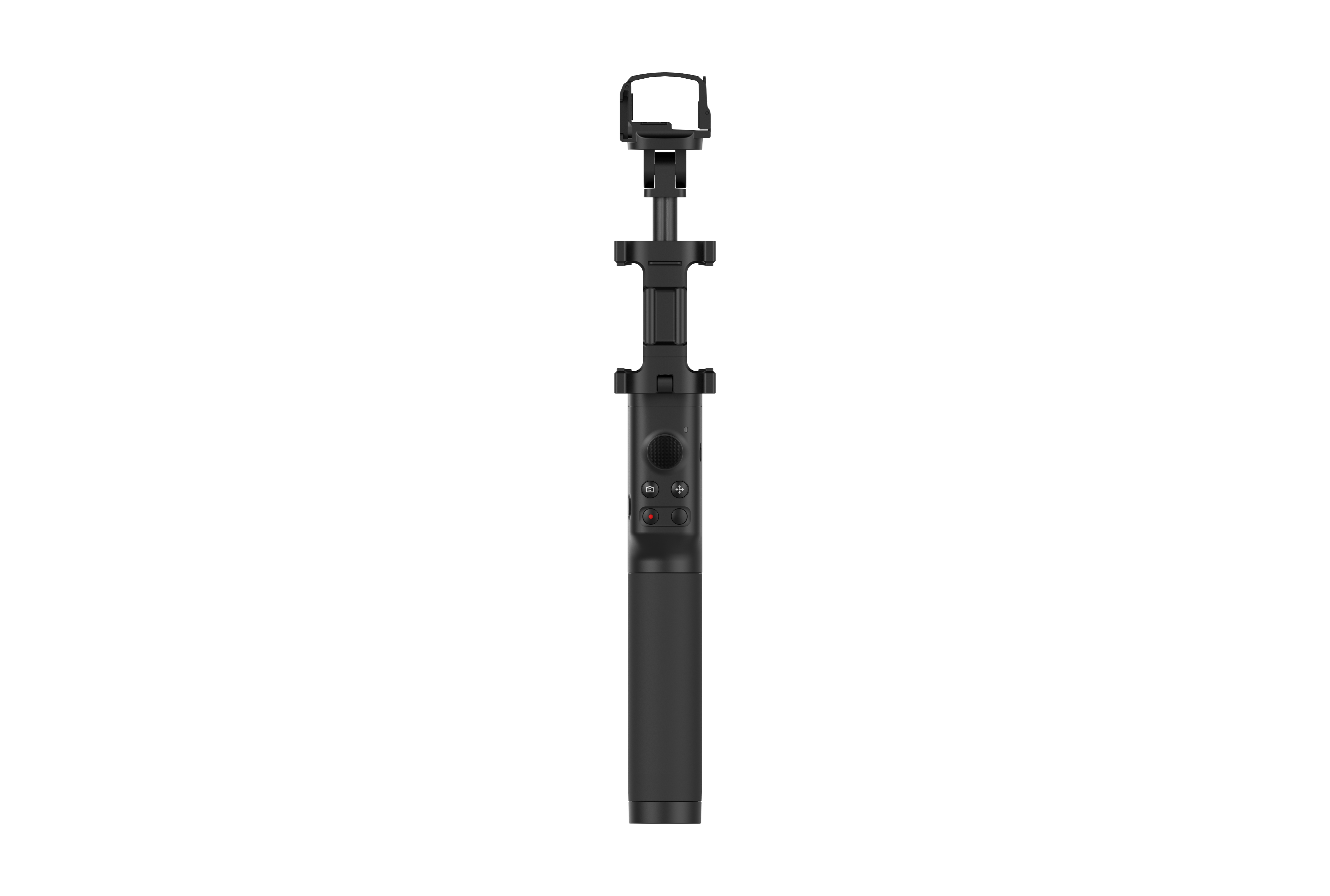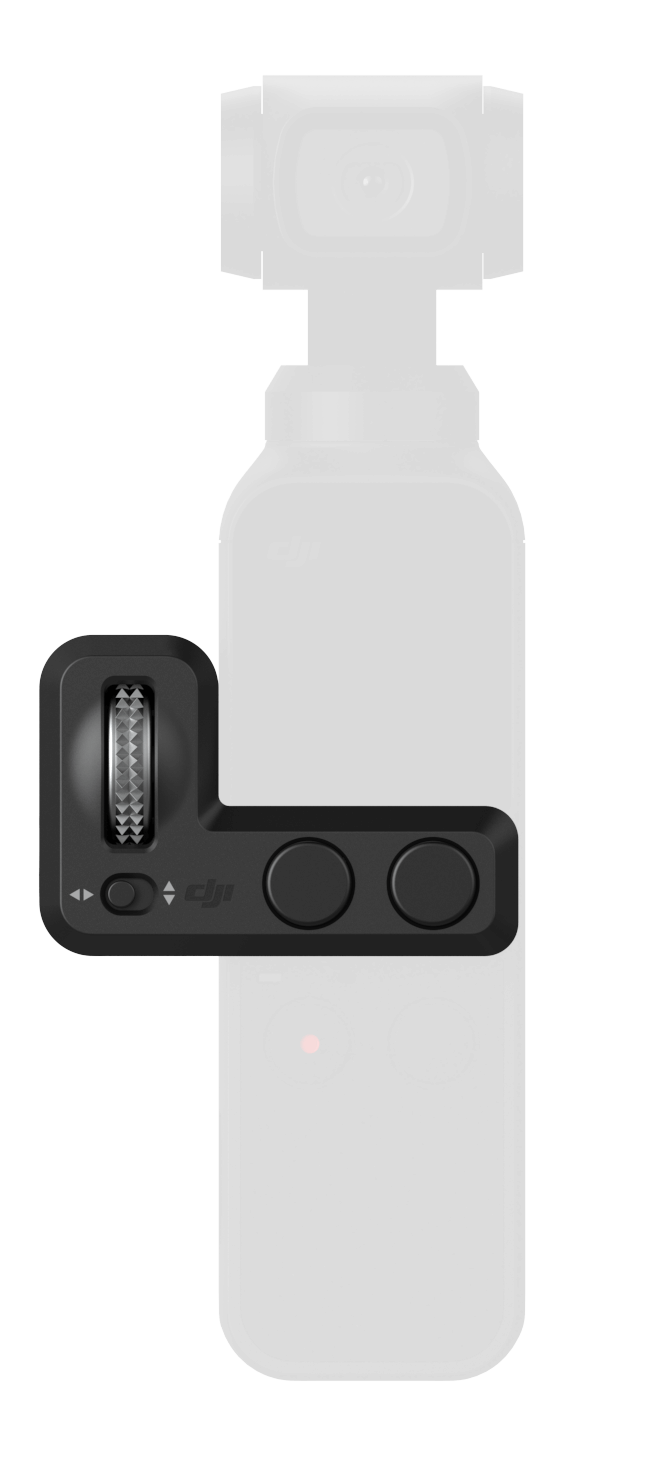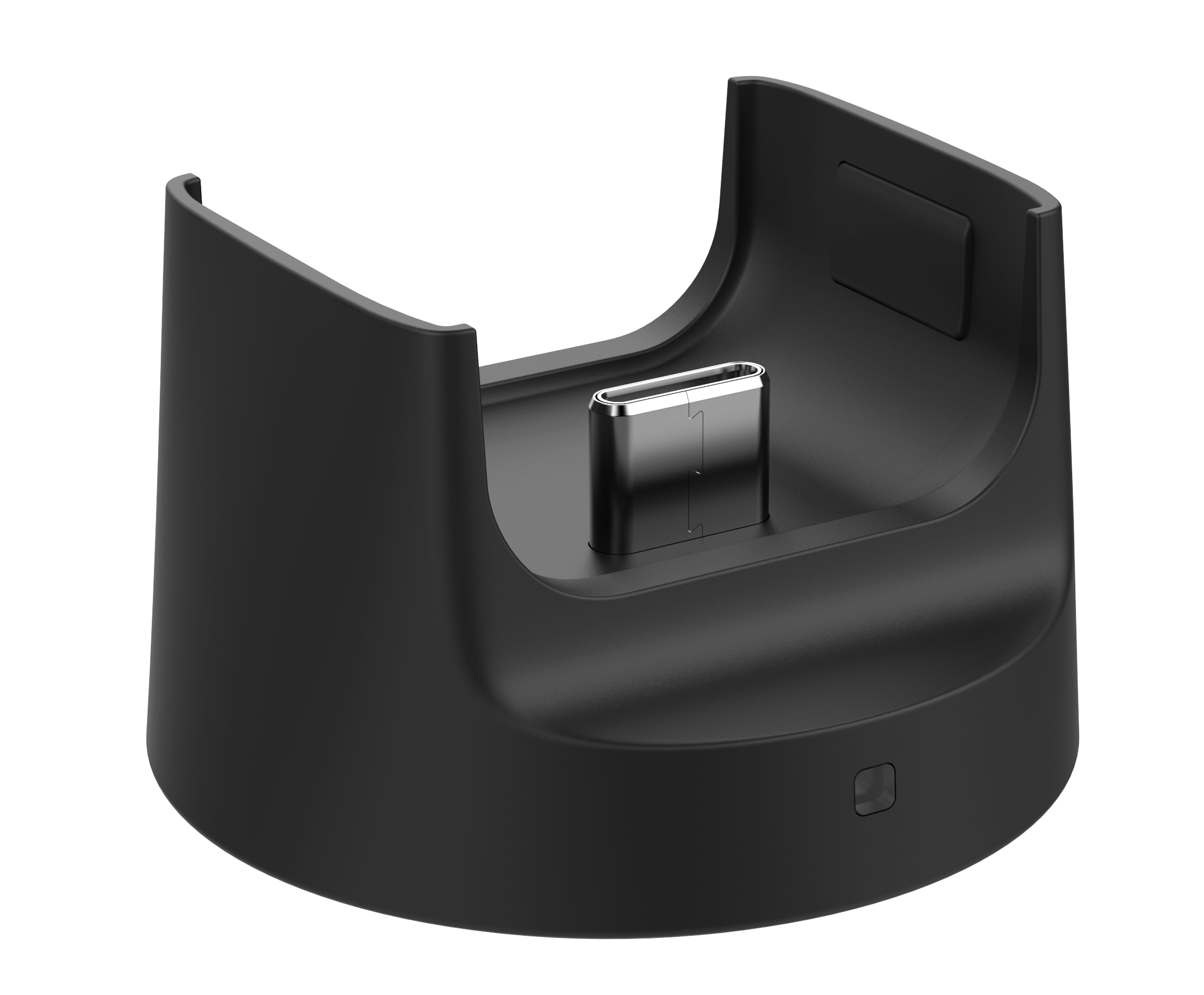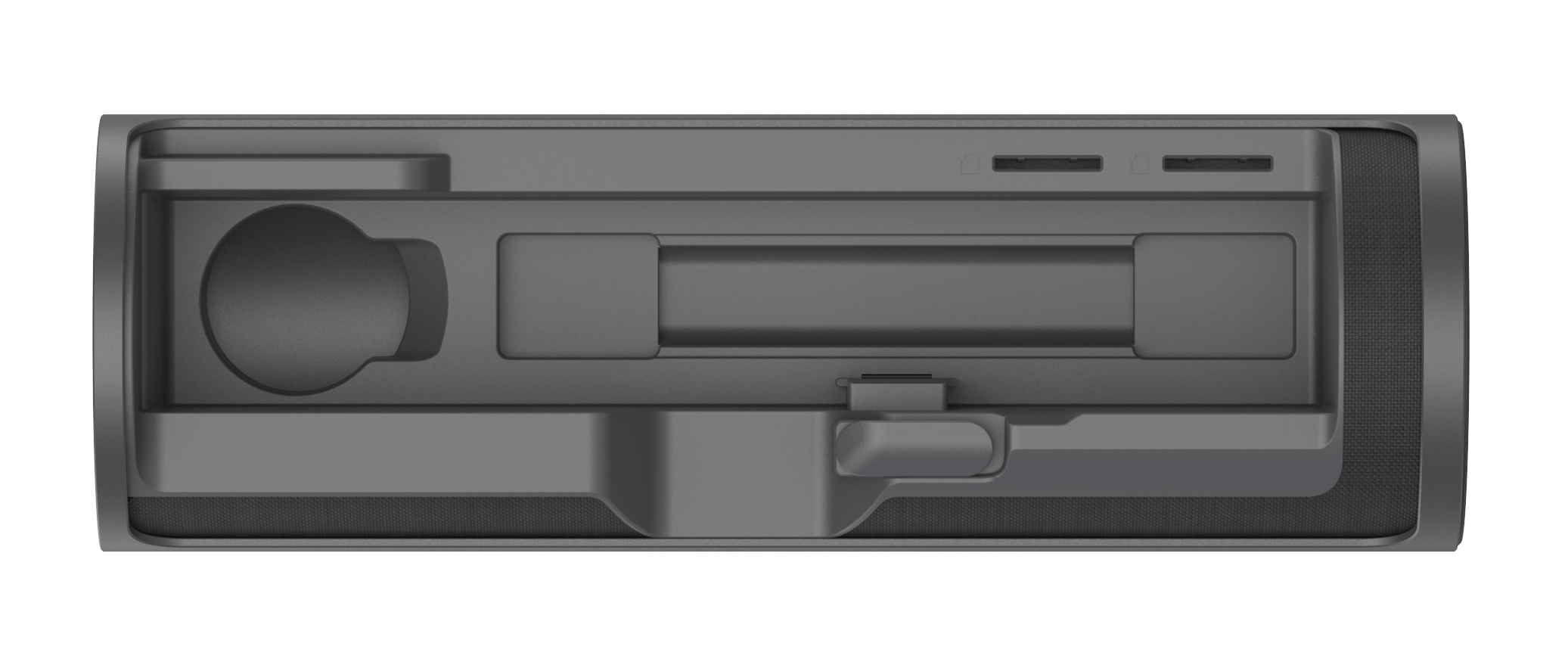If you’re a creator, a youtuber, a vlogger or just someone who is capturing life with your famon the go, you will absolutley love the new DJI Osmo Pocket. Almost a year in the works, DJI recognized the need to help creators be more in the moment and less in production.
Youtube: Unboxing The DJI Osmo Pocket
And now we have the DJI Osmo Pocket, a super-compact camera gimbal device that let’s you create beyond your imagination.
Osmo Pocket is tiny device that will make a huge difference. It’s loaded with features like face detection and tracking, MotionLapse, Timelapse and so much more. And it’s accompanied by a range of optional accessories that will take the creator experience to a new level.
It’s going to reinvent the vlog.
We’ve been trying out the Osmo Pocket for a few days now, and all I can say is wow. If you’ve been carrying around a DSLR or mirrorless camera on top of a GorillaPod you are in for a treat. Tje Osmo Pocket weights about the same as a standard D battery!
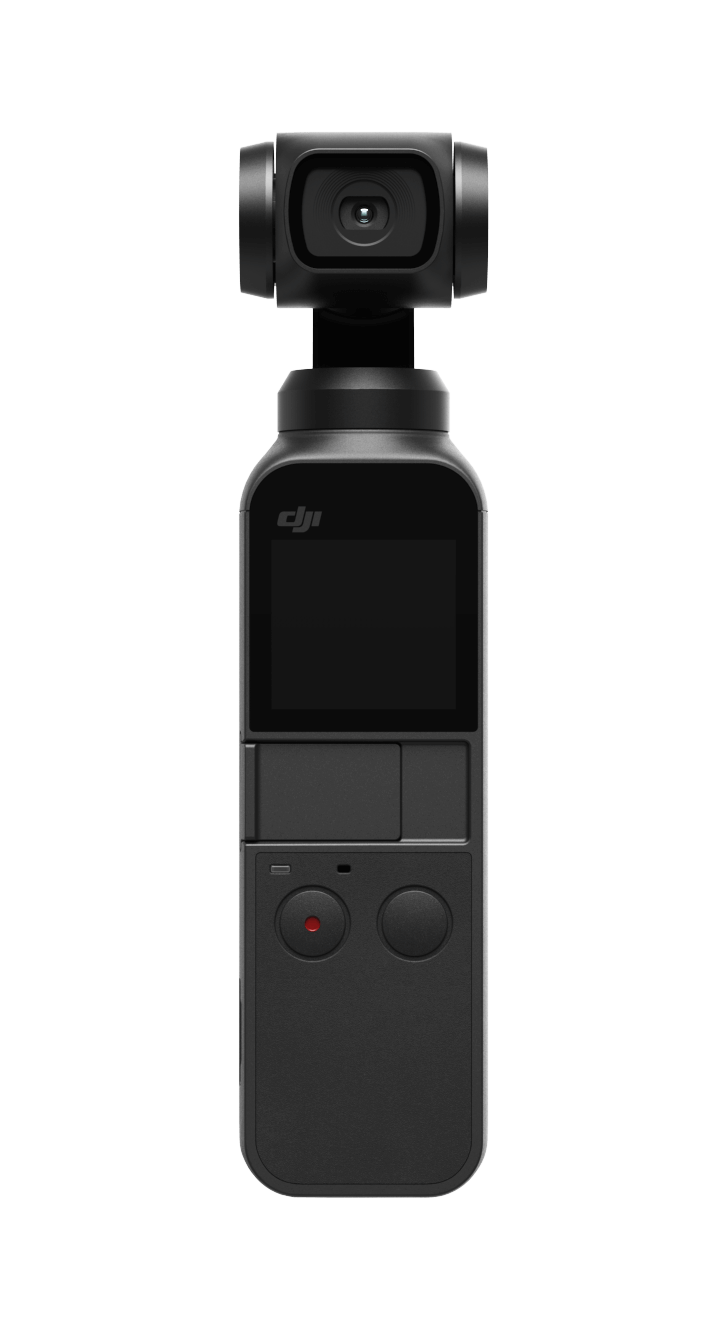
Using nothing more than a thumb the Osmo Pocket delivers automatic face tracking at startup so you can focus on your story instead of your settings.
First things first: we have to cover the specs.
The Osmo Pocket is tiny. Weighing just 116 grams, an Osmo Pocket falls somewhere between a D Battery and 2 decks of standard playing cards. That’s a helluva lot lighter than a Canon DSLR on a GorillaPod!
The Camera
DJI is using a 1/2.3″ CMOS sensor in the Osmo Pocket camera that produces 12 MP stills. Field of view is 80 degrees, nice and compact, to keep the vlogger in frame. F2.0 means
For photos and video the ISO range is 100ISO to 3200ISO, with shutter speeds ranging from 8 seconds for incredible blur and low light capture down to 1/8000 for ultra-fast capture.
Built In Modes and Intelligent Functions
Like all of it’s siblings in the DJI family, the Osmo Pocket comes loaded with the camera modes Facetrack, Activetrack, FPV Mode, Timelapse, Motionlapse, NightShot, Beauty and HDR.
Facetrack will auto-detect your face (or head & shoulders) keeping you in the center of the frame. You can further adjust the composition using the App or the optional control wheel.
The amazing thing about the Osmo Pocket is that as soon as you turn it on it automatically starts looking for your face. There is literally no framing to do, no composition. It tracks you right away. And the startup is mere seconds…it’s so fast.
ActiveTrack allows you to select a person or object for tracking, but given the ‘lighter’ electronics of the Osmo Pocket we’ll warn you that tracking a moving object with ActiveTrack is going to be a little bit less precise.
FPV Mode lets you lock the gimbal so the camera follows the direction of roll to accurately and smoothly reflect the action of the creator.
We’ve all grown familiar with MotionLapse and Timelapse, especially with the updated software in the new Mavic 2 Pro series of drones. Mounting the Osmo Pocket to a tripod or other base (or the optional Wireless Module) you’ll have a stable base to capture the energy in the scene around you.
Panorama comes in two flavors: first is a 180 degree panorama or a 3×3 version.
A new feature, Beauty, is an in-app feature you can use in Story mode. But you’ll have to wait a little bit longer for that: Story mode won’t be released in the MIMO app until later in December.
And we’re all familiar with HDR.
The video resolution is just what the vlogger ordered: 4K UltraHD 3840×2160 with framerates of 24/25/30/38/40/60 fps. Or you can save memory by filming in 1080p at 24/25/30/48/50/60 fps.
Yes, we said 60 fps.
And did we mention that the 4K video is recorded at 100 Mbps bitrate? That’s better than the Mavic Pro.
Still photos are captured in one of two modes: JPEG or JPEG+DNG. The latter JPEG+DNG saves 2 images to your microSD card: one JPEG and one in Adobe’s RAW format known as DNG. You’ll be in good company because Leica and Hasselblad also use DNG in their cameras.
Video
What matters most to creators, after 4K resolution, is the video codec that a device uses. The Osmo Pocket records in MP4/MOV, saving as MPEG-4 AVC/H.264. This is important because the Osmo Pocket was originally designed with Apple in mind and was targeted for use with Apple’s Final Cut Pro video editing software.
And I can tell you first hand, having shot a lot of video over the last few days, the quality is spectacular.
Battery
Osmo Pocket has an 875 mAh battery that should last about 140 minutes when filming 1080p at 30fps. Once the battery is done it can recharge to 90% in one hour, reaching full capacity after 90 minutes.
Interacting With The Osmo Pocket
You can use the Osmo Pocket on it’s own, independant of any other device and software just as you would any camera or GoPro. Or you can pair it with your smartphone and deploy the new DJI MIMO App to control your Osmo Pocket. More on DJI MIMO in a bit.
The integrated touch screen on the Osmo Pocket gives you complete control over the camera functions as well as playback, liveview and more.
Using the MIMO App gives you access to Pro Mode, Story Mode and Edit. With Pro Mode you can control manual camera functions such as ISO, exposure, shutter and more. Edit lets you work with images and videos to crop, edit videos, add music and more.
Story Mode, which will be available about one month after the Osmo Pocket launch is perfect for vloggers who use social media. Story Mode lets you chose from a variety of templates with pre-set shooting patterns, transitions and edits to make expert-quality video in just a few taps.
Accessories
No compact vlogging camera would be complete without the added functionality that some practical accessories provide. The DJI Osmo Pocket launches today with 9 optional accessories to make the most of your captures.
Waterproof Case
A waterproof case lets you take the Osmo Pocket deep underwater. Rated to 60 meters, and designed to use the Osmo Pocket in a flashlight setup, the large lens will let you capture professional above, and below, surface like never before.
Extension Rod
The Osmo Pocket Extension Rod lets you reach farther for more shooting options and angles, and it also has buttons that let you control the gimbal and start/stop recording. And there’s even a tripod hidden in the bottom of the grip.
Controller Wheel
The Controller Wheel let’s your thumb take charge to control gimbal movement left to right or up and down so your composition is always ideal.
Wireless Module
This is what started it all…the notorious Osmo Pocket Wireless Module that we found in the FCC filings a few weeks ago. The Wireless Module allows your smartphone to connect to the Osmo Pocket by Wi-Fi or Bluetooth.
Charging Case
The Osmo Pocket Charging Case holds a full extra charge for when you need it. Securely protecting the Osmo Pocket it also stores SD cards, ND filters and an adapter.
3.5mm Adapter
The 3.5mm adapter allows you to connect your smartphone to the Osmo Pocket for fast file transfer and more.
Accessory Mount
This accessory might be our favorite. The Osmo Pocket Accessory Mount let’s you put all of those GoPro mounts in your camera bag to use. You’ll be able to use your Osmo Pocket in so many places it will blow your mind. And it also makes the Osmo Pocket ‘wearable’ if you have a compatible gear.
ND Filters
What every professional vlogger knows, and the amateurs are gradually learning, is that a big part of successful videos is the cinematic feel you get when you watch them. Without getting too technical, that cinematic edge comes from shooting in manual mode at 100ISO – the highest quality setting – at a framerate that is 1/2x your shutter speed. Sound complicated? It’s not, just read our primer here.
ND Filters limit the amount of light coming in to the camera so you can shoot at the hightest quality setting and appropriate framerate. It’s that simple.
Carrying Case
The last accessory is the Osmo Pocket Carrying Case. Lightweight and sturdy, it lets to transport you Osmo Pocket securely to ensure the gimbal is always protected.

